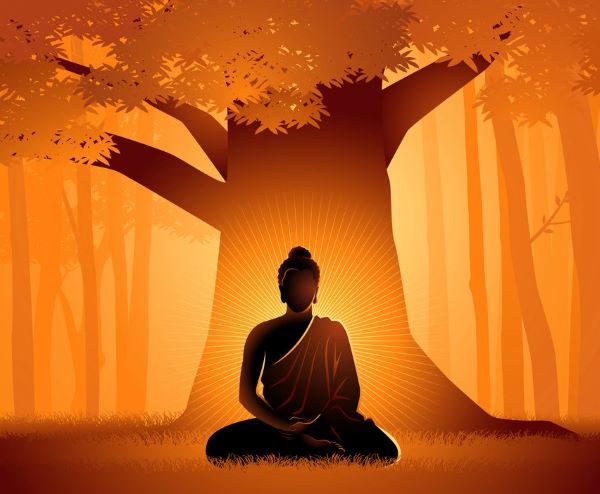The intellectual quest

Through the last six articles and films of the 12-part series on the story of Buddhism, art historian and producer-director BENOY K BEHL has taken us to the Buddhist sites in India, early rock-cut caves of western India, the Buddhist heritage of Telangana and Andhra and second phase of Buddhist caves. Let us find out where he takes us today…
This film covers Mahayana/ Vajrayana developments in Buddhist philosophy and the sites covered include Nalanda University, Vikramshila University, Bodhgaya and Udaigiri in Odisha as well as examples of art from Pala period sites (the film coverage is from 5th century to 12th century CE).
In the First Millennium CE, in the land of Magadha, in the eastern plains of India where Gautama Buddha had preached, great centres of Buddhist study came up. These had the bountiful support of kings of the region and they developed into vast monastic universities. At these centres of learning, the message of the Buddha and his many qualities of wisdom and compassion were studied in great detail. The finest intellectuals analysed the path and the steps leading to Buddhahood or true knowledge. They sought to create a logical methodology which would lead us step-by-step towards that knowledge: a path, which would work for all.
Mandalas, such as the one seen in the Kanheri Caves in Maharashtra in the early sixth century, present a graded path towards enlightenment, through steps of attaining the qualities of the deities.

